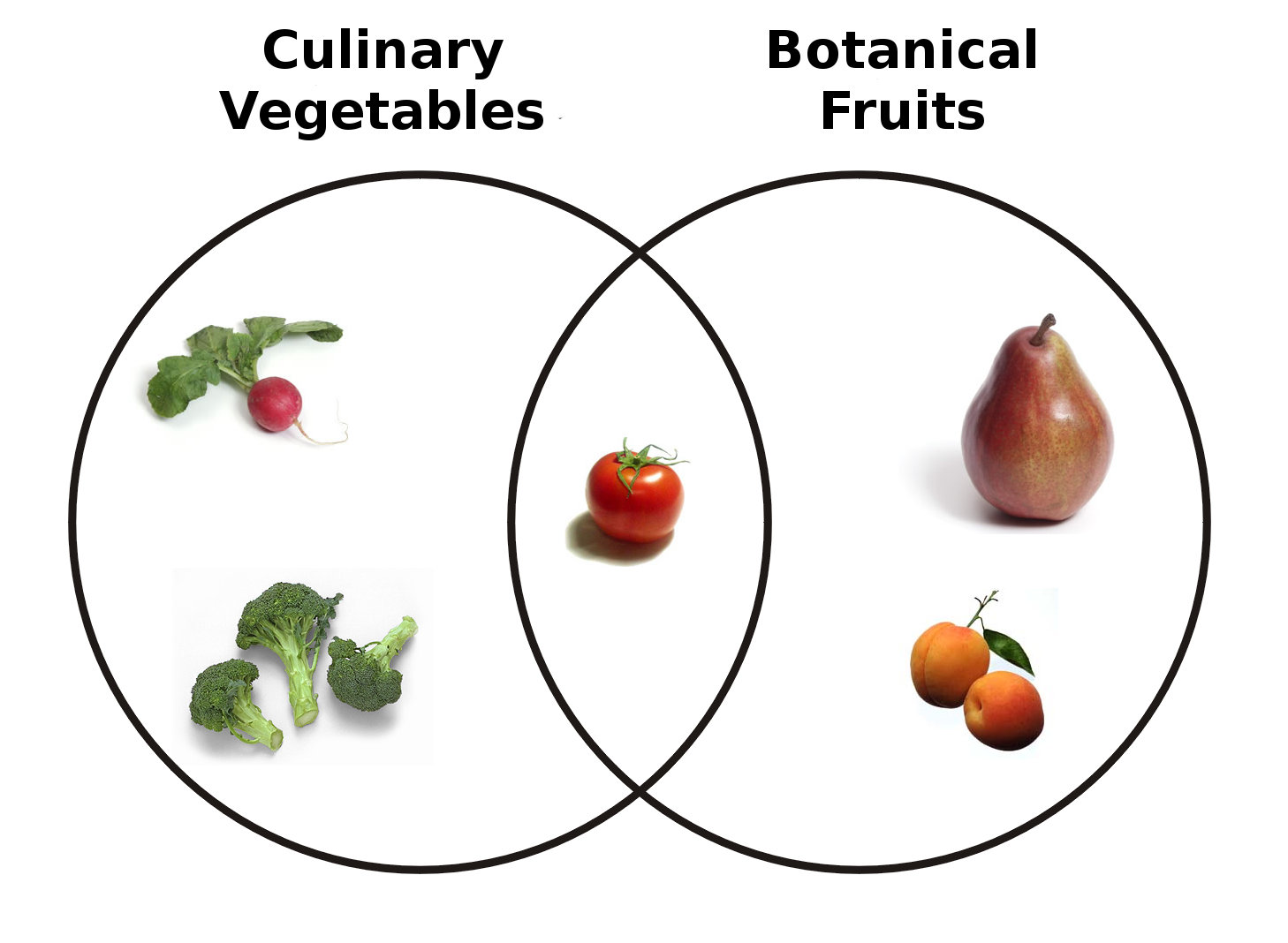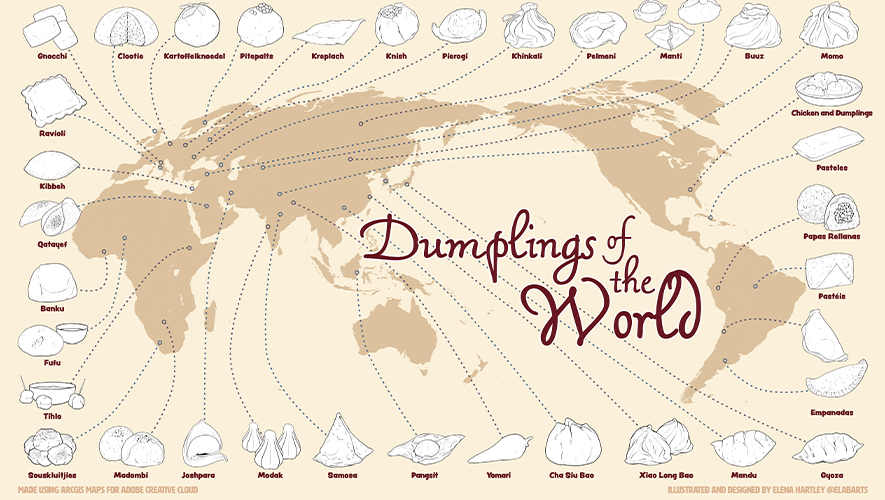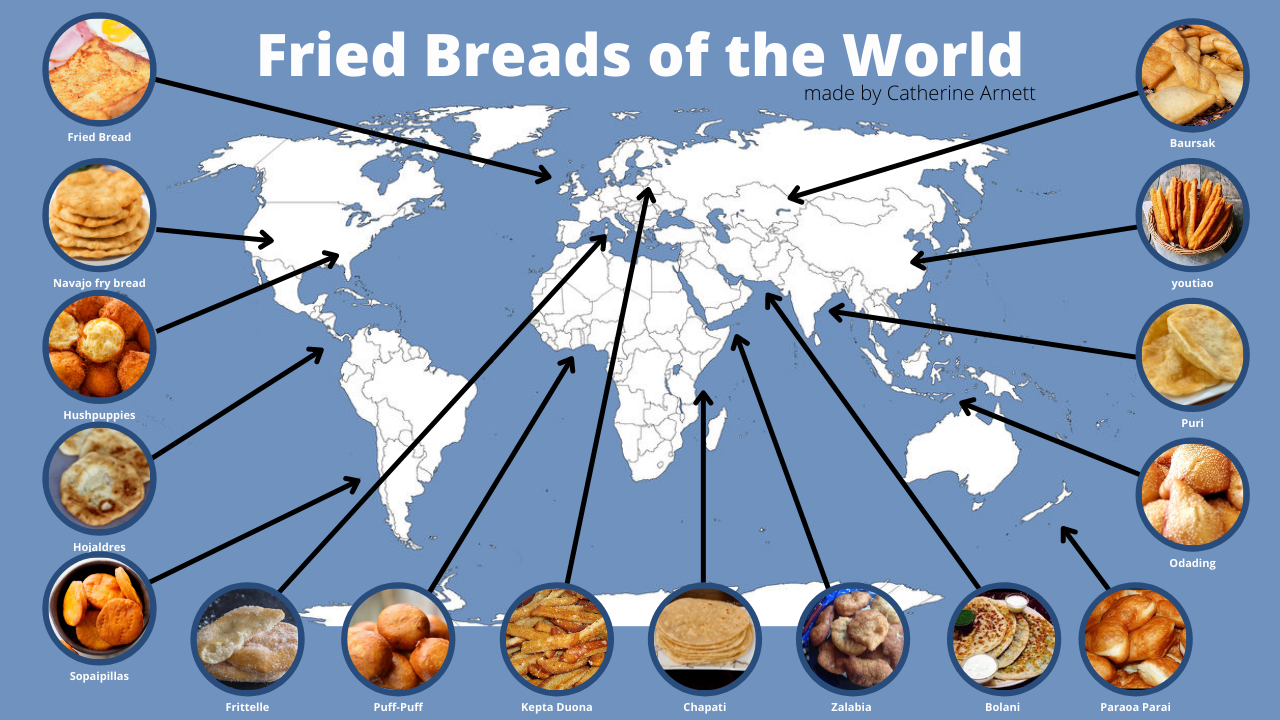Introduction to Food Classification
Table of contents
What is Food Classification?
Food classification is the quest to create a concise taxonomy of foods that covers all the foods of the world. Ideally it will give us greater insights into the cross-cultural similarities of foods. A taxonomy is a classification, especially a hierarchical classification of things into different types or groups. In this case, the goal is to classify foods into categories.
This task lies at the intersection of linguistics, philosophy, cookery, sociology, and many other disciplines.
Various people have sought to classify foods into three (or four) categories: soup, salad, sandwich (and sometimes meat).
Outside of the task of Food Classification, there are many ways that we already classify foods, such as plant-based, raw, ‘healthy’, keto, dessert, savory, etc. One way that ingredients have historically been classified is according to the food pyramid. There are some notable controversial examples within the food pyramid, namely with the fruit-vegetable distinction. One of the most famous examples of this controversial distinction is the tomato. Is a tomato a fruit or a vegetable?
Tomatoes are botanically fruits, but as the addage goes “Knowledge is knowing that a tomato is a fruit. Wisdom is knowing not to put it in a fruit salad.” [Video] . While technically tomatoes are a fruit, culinarily we do not consider them to be fruits.

Is a tomato a fruit or a vegetable? (LinguaFile)
Another similar question is the status of corn. Is it a fruit, a vegetable, or a cereal? The maize plant is a grass, which would make its fruit a cereal, like wheat. However, botanically it is a fruit because it develops from the flower of the plant and contains seeds. But corn could also be classified as a vegetable. According to the USDA, if corn is harvested when it is fully matured and then dried, it is considered a grain (or cereal) and can be milled. Fresh corn is harvested when the kernels are still full of liquid. When it is harvested at this stage, it is considered a starchy vegetable (USDA).
An important takeaway here is that it is important to specify the criteria used to classify something. A tomato, for example, is classified differently depending on whether you use botanical or culinary criteria.
The difference between this kind of classification and the soup-salad-sandwich type classification is that the food pyramid mostly categorizes ingredients, whereas food classification is able to classify complex dishes.
Why should you care?
You have a lot of opinions about food. We all do. If you are fortunate, you eat food every day. You have probably spent countless hours in your life thinking about food, planning meals, sharing a meal with friends and family, etc. Food is deeply tied to our cultural identities, memories of family time or travel experiences, notalgia for a comfort meal you ate as a child, and more. Because we all have difference experiences with food, we all have different opinions about classifying foods or grouping foods together. And when someome has a different opinion about food, you may feel attacked because your feelings and beliefs about food are core to who you are.
I don’t really feel I have to convince you that you should care about food classification, because you probably do care.
I think I may have to convince people of a few other things, though. It is important whenever you talk about other people’s cultures to be respectful. We can have opinions about food without saying “All food from X place is terrible” or “that is so gross I can’t believe those people eat that.” This applies to aspects of culture not relating to food, too, by the way. I also am trying in this endeavor to be open-minded and inclusive. I think talking about ‘calzone’ as a universal food category furthers eurocentrism in this debate and subtly implies Italian cuisine, for instance, as more pure or original than other cuisines. I make an effort to include as many different cuisines as possible into my Typology of Food Classification, because this will help to better understand commonalities of food cultures around the world.
Food classification can also have financial ramifications. According to New York state tax code, hot dogs are sandwiches (Caldwell, 2017). That means they’re subject to taxation the same as sandwiches, along with burritos and open-face sandwiches.
Food Universals
One of the most interesting insights that food classification gives us is that around the world people have created foods that are fundamentally very similar. For example, in many places around the world, people eat something that is essentially fried bread or a dumpling. Food classification offers the opportunity to find the core similarities of foods around the world. The fact that many different cultures have a food that is dumpling-like has already been pointed out:

Found on Reddit
But I have also found many examples of cultures that have some kind of fried bread. Here I make the distinction between filled breads (which are basically dumplings) and unfilled breads.

Food Wars
Another reason that this debate gets so heated and people get so invested is because people have really strong opinions about food. I couldn’t possibly make a comprehensive list of food debates that have taken over the internet at some point even just within the last decade, but some notable food debates include:
- Some version of which goes in the vessel first:
- Do you put the cereal or the milk in the bowl first?
- Do you put the cream or the jam on a scone first?
- Do you put tea or milk in the mug first?
- How do you eat X?
- Eat a KitKat by bar or bite into it?
- Eat pizza with hands or fork and knife?
- Fold pizza slide or not?
- Do you cut your sandwich vertically, diagonally, into squares, etc.?
- Do you eat the Oreo whole or lick the cream off first or dunk it in milk, etc.?
- Do you like the crust/edge piece or the middle piece (e.g. of a brownie)?
- Do you eat macaroni and cheese with a spoon or a fork?
- What is the best X?
- What is the best chicken sandwich?
- Deep dish or thin crust pizza?
- What is the best style of french fry?
- What is the best regional burger chain in the US?
- Coke vs. Pepsi?
- Food combinations
- Is it acceptable to put pineapple on pizza?
- Names for foods
- pop vs. soda vs. coke
- hero vs. sub vs. hoagie
These debates relate to cultural, linguistic, culinary differences.
Cultural Differences
For example, the difference between pasta and noodles is cultural. Some noodles and some types of pasta may be indistinguishable from each other in terms of look and even ingredients. Pasta probably didn’t originate in Italy. It has been speculated that it came from China, Greece, or the Arab world. There is archaelogical evidence for noodles in China as long ago as 4,000 years ago, which predates any other direct archaeological evidence for noodles in Europe or Western Asia (Shelke, 2016). This does not preclude the possibility of there being pasta/noodle like foods elsewhere in the world before this, but it is hard to know. Whether or not there is a shared history between the type of noodles you have in China and pasta you find in Italy, our conception of these foods and the pairings we might make with them are culturally driven. I don’t think it would taste bad to put marinara sauce on ramen noodles, but we don’t because that feels “wrong.” These kinds of food opinions are culturally driven.
Linguistic Differences
Some of these debates are linguisitic. For example, when discussing the difference between soda, pop, and coke, the beverage being referred to is exactly the same. It comes down, more or less, to a naming problem. This contrasts with the issue about the difference between a yam and a sweet potato. Most people in the US referring to a starchy orange food as yams are probably talking about sweet potatoes, and have probably never eaten a yam (more info). This is also a naming problem, except there are two different foods and the names are being used incorrectly.
Culinary Differences
Finally, there are culinary differences. I have already mentioned the issue about the classification of tomatoes as fruits or vegetables and corn as starches or vegetables. These are classification problems that can be solved culinarily (e.g. tomato is a vegetable culinarily). Some of these food wars also have to do with culinary opinions. Whether pineapple belongs on pizza or what the best fast food chicken sandwich is are culinary questions. These are often more subjective questions, depending on an individual’s tastes and also cultural factors.
Conclusion
References
Caldwell, Don. (2017) Is a Hot Dog a Sandwich? https://knowyourmeme.com/memes/is-a-hot-dog-a-sandwich
eimhin. (2009, February 28). Brian O’Driscoll press conference tomato [Video]. YouTube. https://www.youtube.com/watch?v=kpLd-Vi8qZA
Hartley, E. Dumplings of the World [PNG]. Reddit. https://www.reddit.com/r/coolguides/comments/mf5u4r/dumplings_of_the_world/.
Is corn a grain or a vegetable? (2019, July 17). Retrieved from https://ask.usda.gov/s/article/Is-corn-a-grain-or-a-vegetable.
Joseph (2016, October 17). Are Tomatoes Fruits or Vegetables? Or Both? The Lingua File. https://www.thelinguafile.com/2016/10/are-tomatoes-fruits-or-vegetables-or.html#.YsR7zHbMKUn
Shelke, K. (2016). Pasta and Noodles: A Global History. Reaktion Books.
Walker, E. (2020, June 26). Cream tea wars: is it cream or jam first? Wise Living Magazine. https://wiselivingmagazine.co.uk/food-and-drink/inspiration/cream-tea-wars-is-it-cream-or-jam-first/.
What Is The Difference Between A Sweetpotato And A Yam? Retrieved from https://ncsweetpotatoes.com/sweet-potatoes-101/difference-between-yam-and-sweet-potato/.